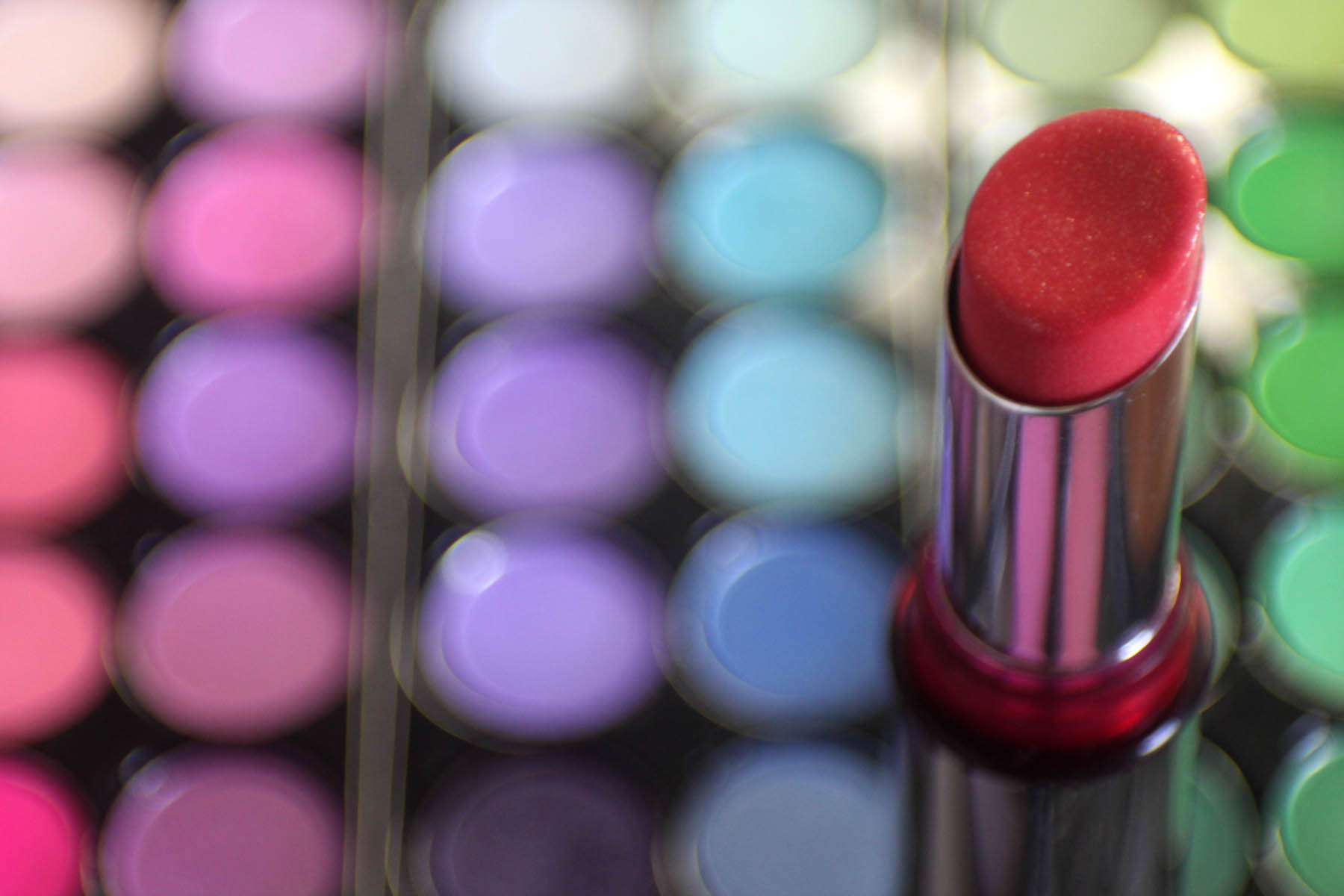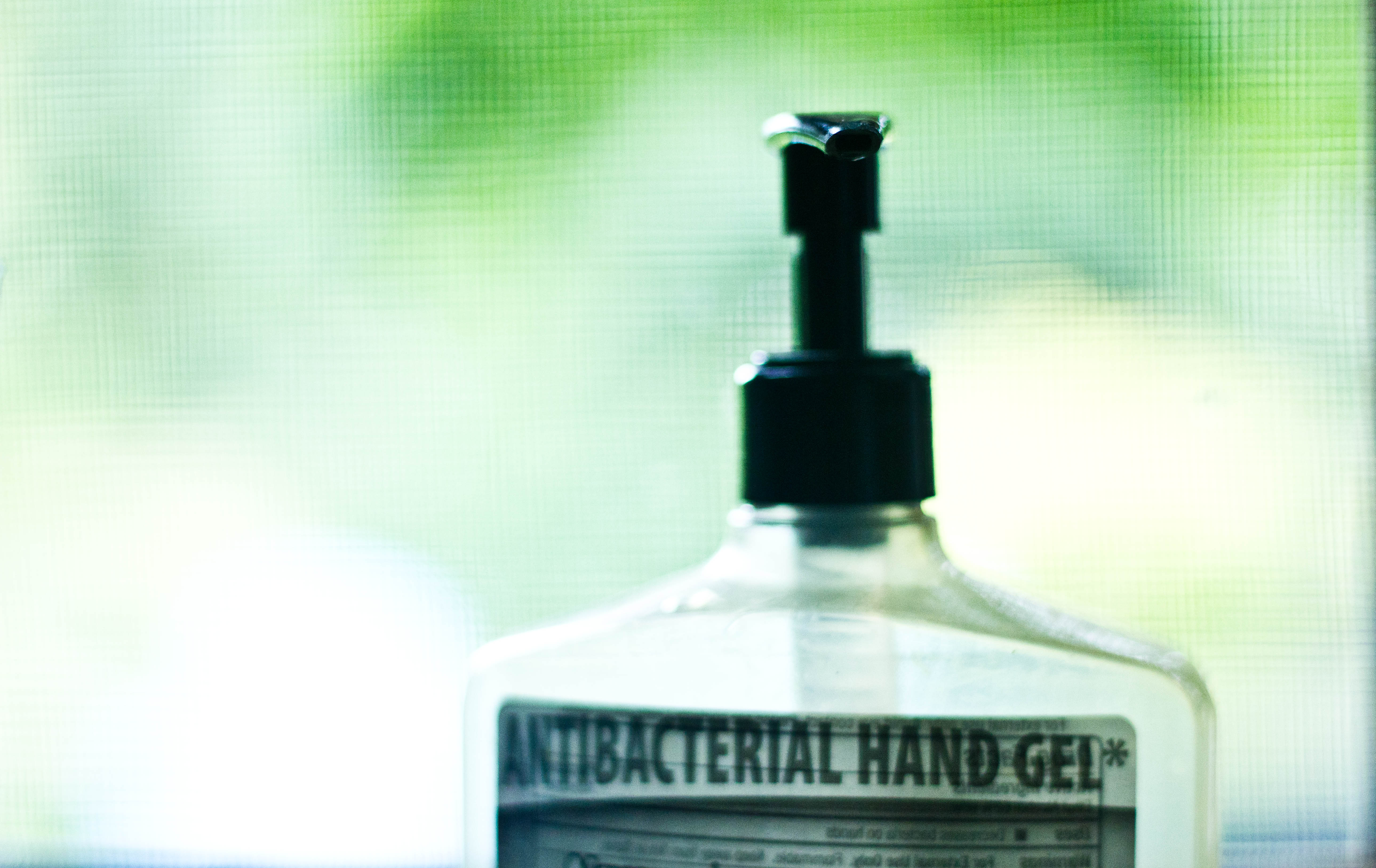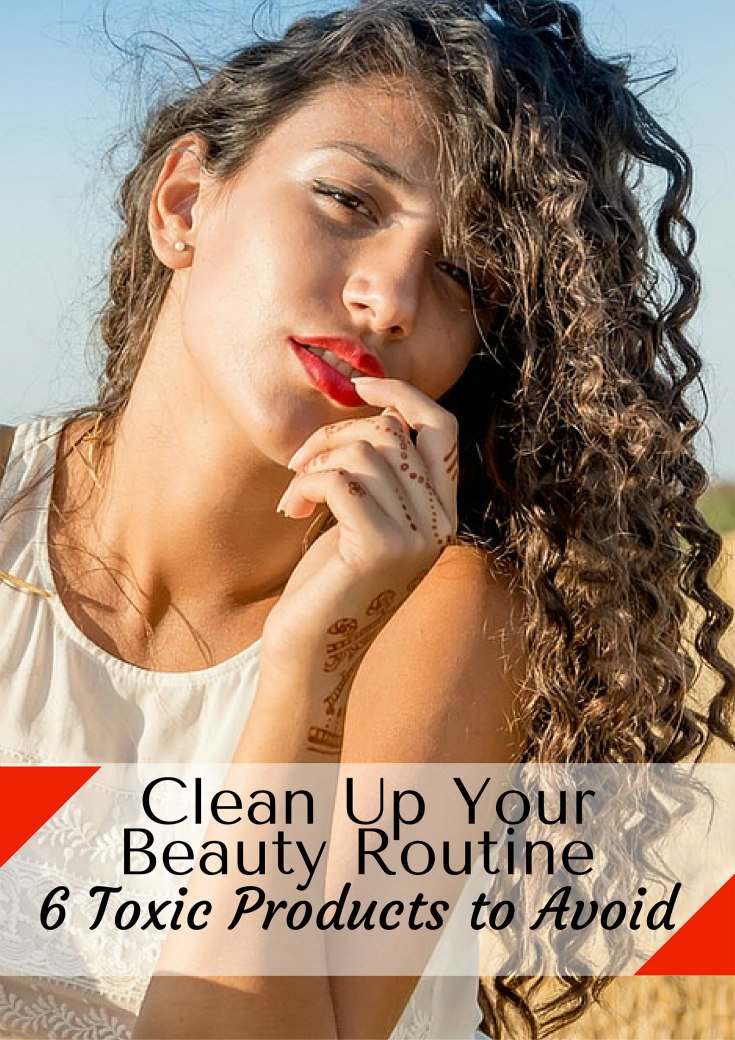It’s that time again! Kickstart your spring-cleaning by giving your everyday beauty and hygiene routine a true cleanse. The media is an expert at convincing us we need every product advertised, and it is quite easy to get sucked into using toxic products. So, we compiled a list of toxic products from our daily routines that are harmful to the environment and our bodies.
Here are 6 toxic products you should watch out for:
1. Lipstick

The average (make-up wearing) woman eats about four pounds of lipstick in her lifetime. Makes sense, right? Between eating, talking, and fidgeting, we are bound to consume at least a bit! Unfortunately, many lipsticks have traces of lead in them, and with every powder room reapplication, you increase your lead exposure.
Take the safe route and go au naturale, or DIY and create your own natural lip stain with beets!
2. Shampoo

You know that thick, cleansing lather you associate with a good shampoo wash? Sorry, it sucks. That feel-good foam comes from sodium laureth sulphate: known for its cancer-causing ingredients. Next time you lather, be sure to check the label and avoid sulphates like the plague!
3. Soap

Who would’ve thought the hygiene routine used to protect you from germs would actually harm you? If you’re a germaphobe married to anti-bacterial soap, you may want to consider a divorce. Studies show that anti-bacterial soap has no greater effect on killing germs than regular soap does. The only difference? Anti-bacterial soap contains triclosan: a chemical urged by the American Medical Association to be avoided in the home. It is also unaffected by wastewater treatment, so when washed down our drains, it spills into our water sources and can affect marine life.
4. Feminine Hygiene

Between toxic shock syndrome, chlorine, synthetic fibers, and plastic applicators, you’d think it’d be a no-brainer to treat our lady parts with care. Sadly, the taboo label of menstruation provides a platform for ignorance and many women are hastily grabbing feminine hygiene products off the shelf without looking twice.
The alternative? Non-applicator, non-chlorine, 100% organic cotton tampons, pads, or menstrual cups are safer for you and the environment.
5. Chemical Hair Straighteners
It only took about 100 years to realize and accept that formaldehyde, a carcinogen, just might not be the best choice for hair straightening. Luckily, with the support of the recent “Natural Hair Movement”, curly haired men and women are embracing the versatility of their tresses more than ever. However, there are still some people who figure just as long as they don’t use lye (sodium hydroxide found in drain cleaners), they’ll be fine. Nope. Not even the trendy Brazilian Blowouts are safe. You are better off embracing the frizz and making DIY conditioners.
6. Nail Polish

We all love a good mani/pedi to kick off spring. But at what cost? Our favorite shades also carry formaldehyde (used as a hardener), toluene (coal tar), and DBP (a chemical linking to birth defects) – causing harm to our health, the health of nail salon workers exposed daily, and the health of our children – who undoubtedly chew their nails and accidentally consume the polish… I know I did!
Keep your nails healthy and shiny by cleaning them with a nailbrush, pushing back your cuticles, buffing the nail bed for a glossy look, and routinely managing the length. You can use olive, coconut, or Vitamin E oil for a moisturizing finish.
What toxic products do you steer clear of?
Pin this post for later!

 About the Author:
About the Author:
Olivia Christine is a, Travel Blogger, Yoga Instructor, and eco-living enthusiast consulting in social media + content marketing while exploring the world through bartering, volunteering, and adventure. She contributed to Blue Osa as a blogger, marketing volunteer, and private yoga instructor.
Read about her adventures and travel advice in her travel blog and connect with her on Twitter, Facebook, and Instagram






